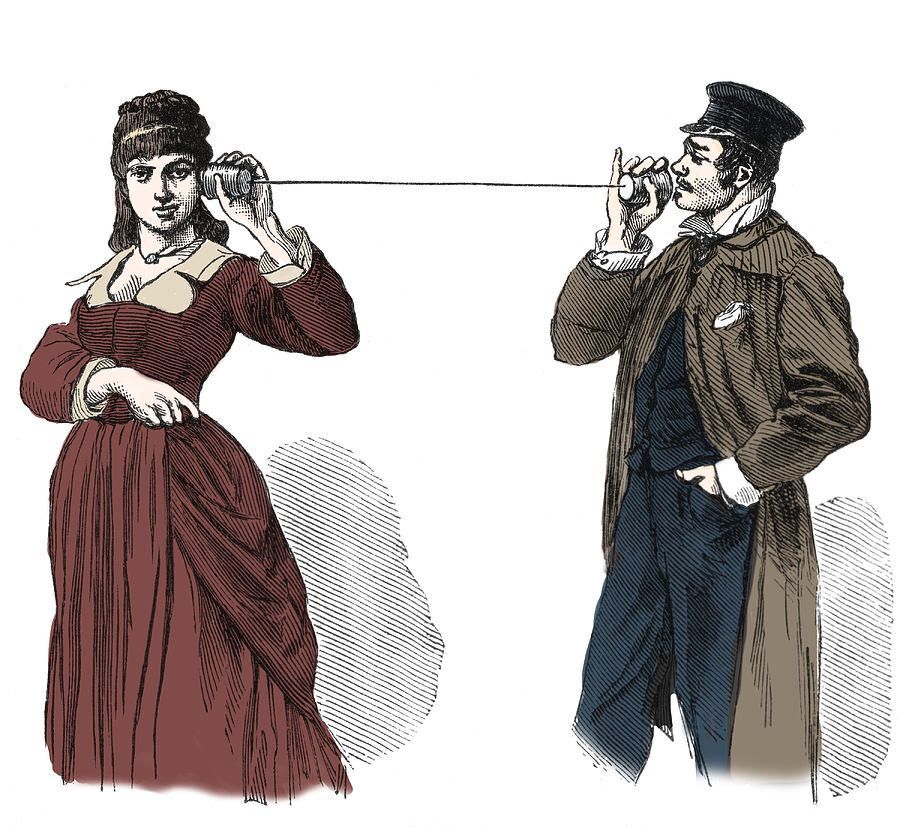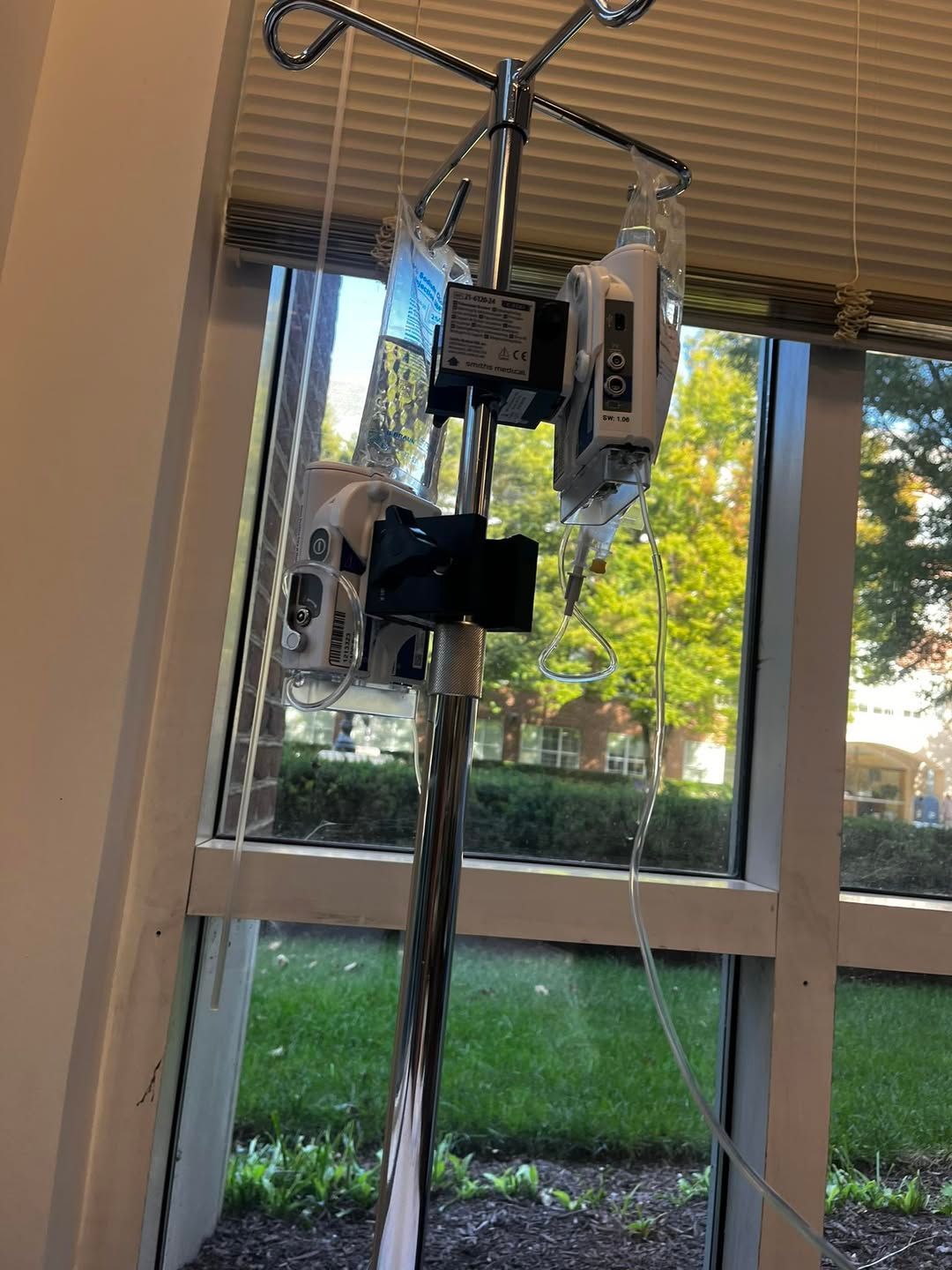Does Your Child Need a College Essay Coach?
Does Your Child Need a College Essay Coach?
It’s never too early to think about college applications. Whether you’re a prospective student or a parent, navigating the admissions process is difficult and competitive enough as it is.
A
college essay coach helps students shape their personal stories for their admissions essays. They can make the difference between getting into a student’s dream college and having to pick a backup option.
Benefits of Hiring a College Essay Coach
Unsure if your child needs a college essay coach? We’ll show you the benefits of hiring one to help your student prepare for college applications.
Go From Good to Great
You may be thinking, “My kid is a good writer. They don’t need a tutor or coach!”
Maybe. But what if they could be
great?
The truth is that
college essay coaches can benefit any student at any skill level. Even exceptional, award-winning writers cite the importance of constant practice and commitment to their craft. Even for students pursuing math and sciences, writing skills are essential for communicating their skills and passions to an admissions officer…and beyond.
Stand Out in the Crowd
Stellar grades? Check. Sports and clubs? Check. An essay that makes your kid stand out from the crowd? Not yet.
In 2023, UVA received a record
56,439
applications. That’s a 10% increase from 2022 (if you’re counting). Similar colleges and universities are also seeing record applications, meaning it’s more competitive than ever for students to get into their first-choice school.
A typical admissions officer spends approximately 15 minutes on each application with up to 50 per day. But for a competitive school with thousands of applications?
90 seconds.
You read that correctly.
That means from the very first sentence, the admissions officer needs to be
hooked
on an essay.
The best way to ensure a thorough, eye-catching essay? Having a mentor who specializes in college essays.
Direct Mentorship
While there are plenty of other ways to get indirect coaching on a college essay, there’s a reason why direct mentorship is king.
YouTube videos are great resources and tools, but can’t give you direct feedback. Workshops are helpful, but may not give personalized feedback or answer everyone’s questions.
Having direct feedback shows what is being done correctly and what needs improvement. One-on-one help means any questions about specific prompts are answered. Repeated problems in a student’s writing are spotted and corrected.
Skills to Keep Forever
Unlike a workbook or program meant for just a short time will take you through the test or assessment. Having a college essay coach with certification means your student will have skills that will benefit them in college as well, not just getting into their dream school.
Don’t forget…college scholarships, even ones you apply to in college, often require essays. Don’t forgot those cover letters for jobs and potential internships, too.
Count on Us for a Premium College Essay Coach
Looking for a certified teacher as a college essay coach for your student? Watch them become a more confident writer after just six sessions. Book a tutoring package today for the direct instruction your student deserves.
FAQ's
How much do college essay coaches charge?
Inexperienced or unlicensed tutors may cost less, but their services are not up to par with an expert. For an experienced and licensed coach or tutor, costs vary. We offer
competitive pricing for our services with only the best instructors available.
Where can I find a college essay coach near me?
Can’t find a certified college essay coach who can do virtual instruction? At Smart Solutions, we have a team of dedicated educational professionals ready to help your child one-on-one or in a group setting with
Small Learning Communities (SLCs).











